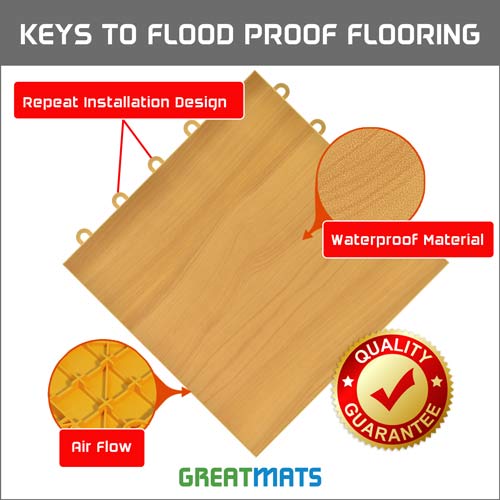Picture this: a tranquil rainy evening, a cozy home, and a basement that suddenly transforms into an indoor swimming pool. Basement flooding is more than just a nuisance; it’s a reality many homeowners face, especially those of us with basements that seem to attract water like a magnet. So, if you’re like me, navigating the treacherous waters of flood-prone basements, you’re probably wondering: what’s the best flooring option to tackle this aquatic challenge head-on? Join me as we dive into the depths of this topic and discover the ultimate flooring solutions that can weather the storm.
Understanding Basement Flooding
Before we plunge into the flooring world, let’s wade through the muddy waters of understanding basement flooding. It’s not just about rainwater finding its way indoors; it’s about hydrostatic pressure, poor drainage systems, and the relentless force of nature. When that inevitable flood strikes, it’s not just your belongings that are at risk; your flooring takes a hit too. Water damage, mold, and structural concerns become your unwelcome guests, wreaking havoc on your basement’s aesthetics and integrity.
Factors to Consider When Choosing Basement Flooring
Now that we’ve assessed the challenge, let’s paddle through the factors that should guide our flooring choice. Water resistance is our first lifeline. We need a material that laughs in the face of moisture and won’t warp or buckle under pressure. Durability is our second line of defense. It’s not just about surviving the flood; it’s about withstanding a bustling household’s everyday wear and tear. And let’s not forget maintenance – a floor that can be cleaned up with minimal fuss is a true ally. A dash of aesthetic appeal is vital too. After all, our basement deserves to look as good as the rest of our home. Lastly, budget considerations; let’s face it, while we want the best, we need it to be budget-friendly too.
Flooring Options for Flood-Prone Basements
With our criteria set, let’s dive into the ocean of flooring options that promise to keep our basements high and dry. First up, Luxury Vinyl Plank (LVP) Flooring – a versatile contender that combines water resistance, durability, and the charm of authentic wood or stone. It’s a breeze to install, making it a favorite for those who don’t want to swim in installation headaches. And the best part? It looks so good that you’d never guess it’s vinyl.
Ceramic or Porcelain Tile, another formidable option, brings its A-game in water resistance. It’s a canvas for creativity with an array of styles and designs. Imagine stepping onto cool tiles on a hot summer’s day – talk about a refreshing treat for your feet. On the more industrial side, there’s Concrete Flooring. A natural choice for water resistance, it can be polished or stained, serving up a utilitarian yet stylish vibe. Just remember, proper sealing is the key to its success.
Epoxy Flooring makes a splash with its seamless, water-resistant surface. If durability is your main concern, epoxy doesn’t disappoint – it’s like the Hercules of flooring materials. Plus, it’s customizable. You can have a floor that keeps the water at bay and reflects your unique style. And let’s not overlook Rubber Flooring – water-resistant and cushiony, it provides a comfortable surface to tread on. Its insulating properties are a boon, keeping your basement cozy even during colder months.

Avoiding Common Mistakes
As we navigate the sea of options, avoiding the whirlpools of common mistakes is important. One of these is inadequate waterproofing – don’t cut corners here; invest in proper waterproofing measures to safeguard your investment. Also, never underestimate the importance of proper installation. Even the best flooring material can fail if it’s not installed correctly. It’s like building a ship but forgetting to tighten the screws – a disaster waiting to happen.
Preparing for Installation
Before the lifeguards (in this case, your chosen flooring) dive in, you must ensure the pool (your basement) is ready. Assessing the moisture levels is like checking the depth of the water. You don’t want your lifeguards drowning! Address any existing water issues – this is like fixing leaks in a ship’s hull before embarking on a voyage. And don’t forget the subflooring or vapor barriers; they’re like your basement’s life vests, ensuring your flooring stays afloat.
Maintenance and Care
With your chosen flooring in place, it’s time to learn the art of maintenance. Regular cleaning routines are your way of keeping the water (and the dirt) from settling in. Check for signs of water damage; it’s like spotting potential leaks in a boat before they turn into full-blown disasters. Address spills and leaks promptly – it’s as important as bailing out water to prevent sinking. And remember, re-sealing and re-finishing, when needed, are your tools for keeping your flooring’s waterproof armor intact.
As we wrap up our journey through the flood-prone basement terrain, remember that choosing the right flooring is like building a sturdy ship to weather the storm. Luxury Vinyl Plank, Ceramic Tile, Concrete, Epoxy, or Rubber – each option brings its life jacket to the table. But don’t just take my word for it; consult with professionals who can guide you through the tumultuous waters of decision-making. Here’s to a basement ready to tackle floods head-on while keeping its charm and functionality intact.
Best & Worst Flooring for Wet, Damp u0026 Flood Prone Basements
Best Waterproof Flooring for Basements That Flood: Materials u0026 Design
Best Basement Flooring Options For A Flood-Prone Basement
Best Waterproof Flooring for Basements That Flood: Materials u0026 Design
What is the Best Flooring for Basements? (Get the Pros and Cons)
The 11 Best Basement Flooring Options FlooringStores
5 of the Most Durable Basement Flooring Options
Best Waterproof Flooring for Basements That Flood: Materials u0026 Design
Related Posts:
- DIY Concrete Basement Floor
- Cleaning Cement Basement Floor
- Affordable Basement Flooring
- DIY Basement Floor Painting
- Flooring Tiles For Basement
- Cold Basement Floor Ideas
- Basement Floor Insulation Panels
- Best Flooring For Basement Floor
- Basement Floor Paint
- Basement Flooring Paint


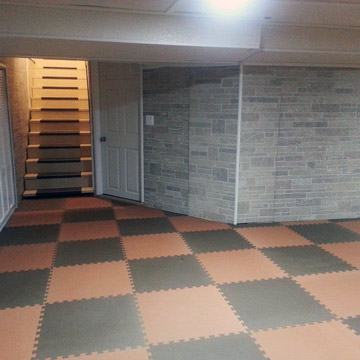

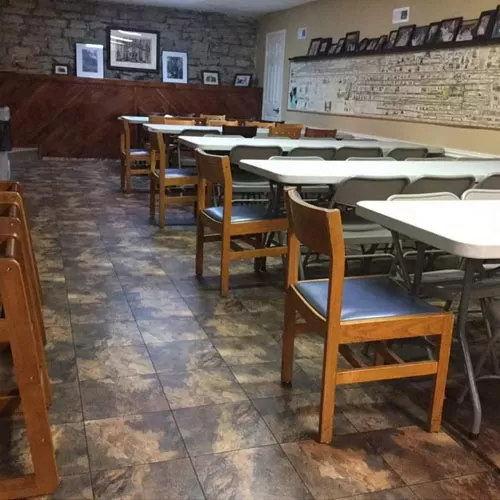
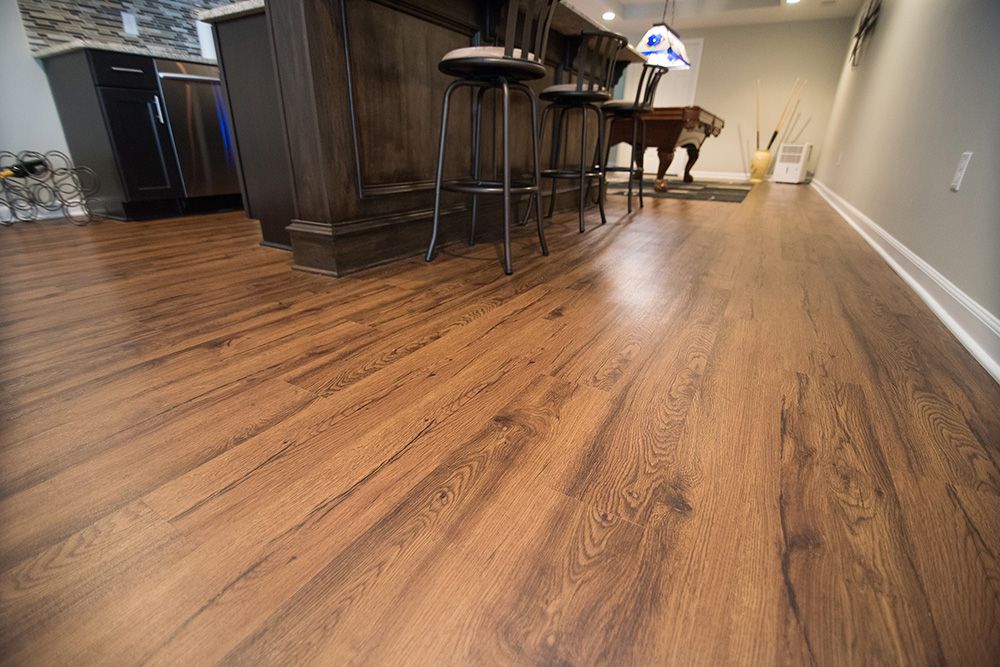
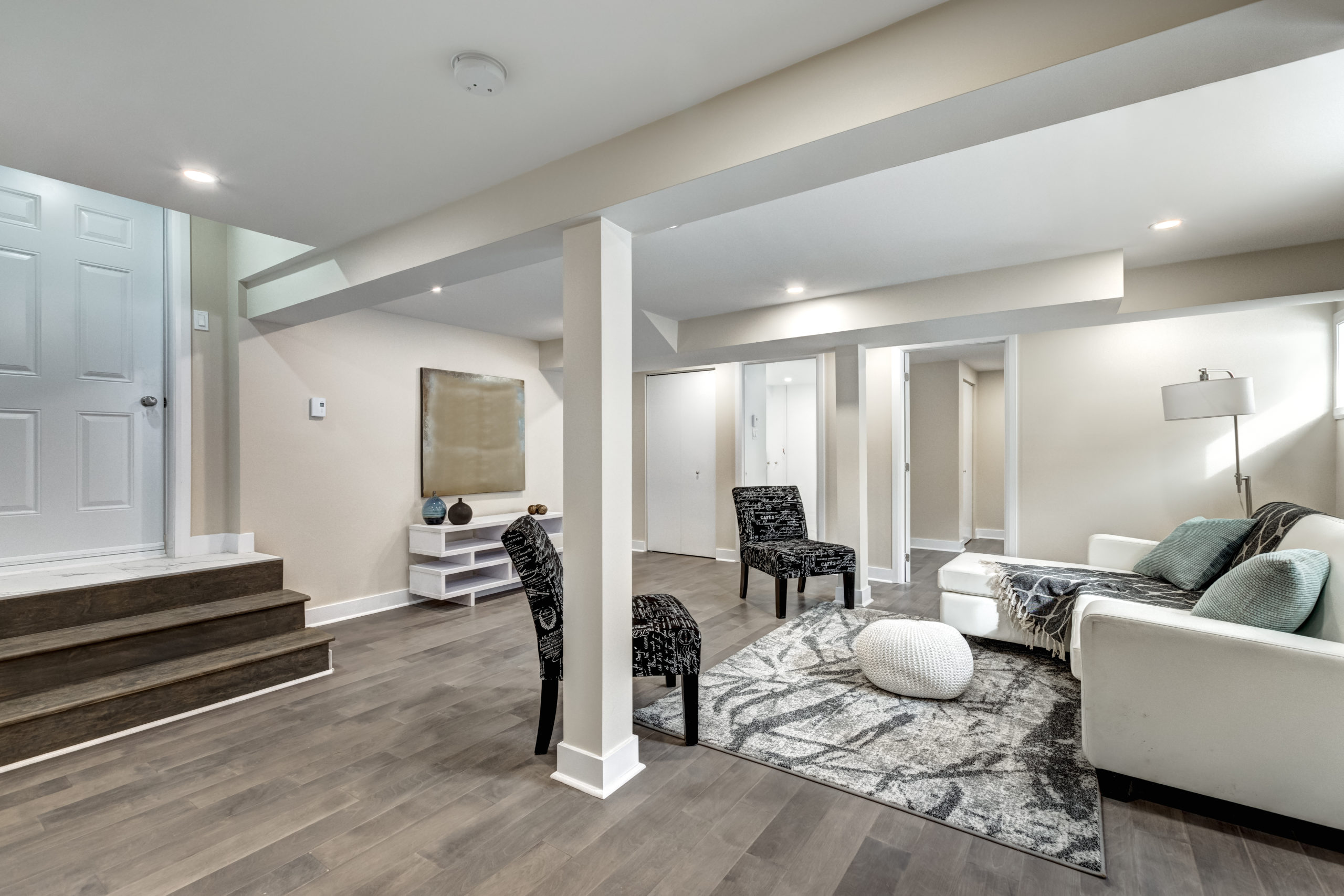
.jpg?widthu003d800u0026nameu003d11513489635_f12521f2a2_k%20(1).jpg)
